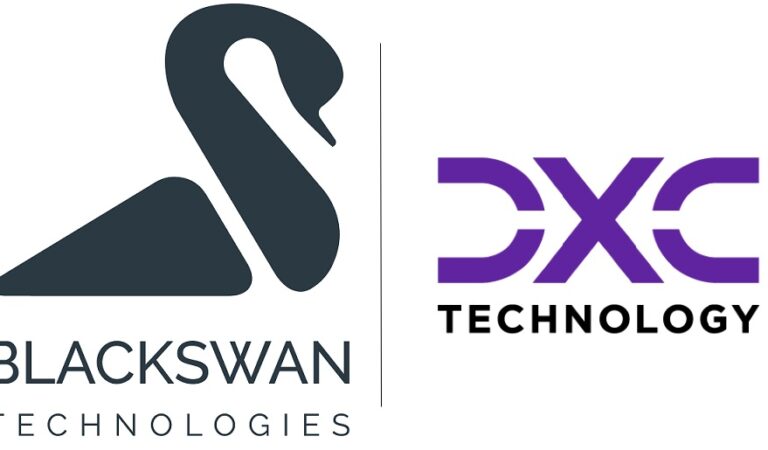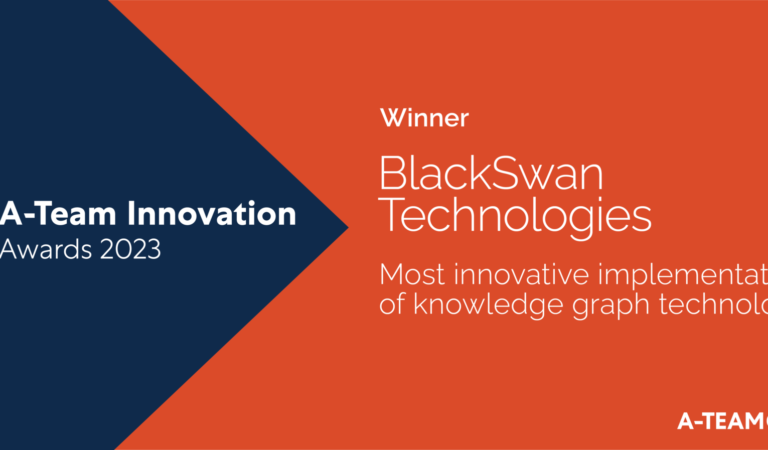
Jun. 09, 2021
No Code AI Helps Organisations Struggling to Exploit AI
By Sooraj Shah @ BlackSwan Technologies
Low Code/No Code have already empowered business teams to design and develop their own applications, now enterprises can also power these apps with AI
For the best part of the last decade, ‘Low Code’ and ‘No Code’ platforms have emerged as incredibly disruptive in the enterprise space; transforming the way enterprises approach building applications and shifting the software development landscape.
Forrester predicts that the No Code development platform market will grow from $3.8 billion in 2017 to $21.2 billion by 2022. Meanwhile, the Low-Code Development Platform Market is projected to grow from $13.2 Billion in 2020 to $45.5 Billion by 2025.
These platforms have enabled software development teams to meet challenging delivery timetables of applications, speed up updates, as well as encourage and enable citizen developers – otherwise known as business users with no software engineering background – to create or modify software in a self-service way, seamlessly.
With the Low Code/No Code development approach, both programmers and non-programmers create applications using graphical user interfaces and configurations with minimal use of – or instead of – traditional programming. This leads to easy and rapid prototyping, fast application development and modification, and rapid deployment.
Low Code enables more flexibility in the application’s core architecture, as it requires some knowledge of coding, and therefore can allow users to further customise applications. Meanwhile, No Code requires only business and domain proficiency, and therefore has been touted as the real game-changer. This is because business users can join the development process, encouraging them to innovate in the domain space that they know best and more easily build software with fewer constraints than in the past. No Code opens up avenues for users who would otherwise have been on the outskirts of the development process – and businesses can benefit from this.
Engineers using the No Code approach benefit from faster programming, as well as automated testing and easy deployment provided by the underlying No Code platform. APIs allow for the combination of newly developed applications or services with a larger, existing system. Engineers that use No Code can accomplish a month’s work in a week and reduce time spent debugging – and this can greatly impact an organisation’s bottom line. Through No Code, a business can rapidly update or create a new application to quickly monetise on a new market opportunity.
An example of using No Code is the ability to build business workflows, automating the handover of services between business units and services to customers. For instance, within a case management scenario, where employees are tasked with collecting data from a number of sources, assigning tasks, making decisions and ultimately, seeing the case through to resolution, an app designer can use functional blocks within a drag and drop interface, to intuitively connect processes, decision logic, and responsible parties in order to design business workflows.
Users are assisted with a set of predefined and highly configurable events, activities and gateways to model business processes. The same principles could be used in an endless number of industries and applications.
Enter No Code for AI
This realisation that No Code is a game-changer is best exemplified in the AI space. In a September 2020 poll of business and IT professionals, conducted by Gartner, 75% of respondents said they would continue or start new AI initiatives in the six to nine months that followed. As well as the challenge of hiring AI specialists to build AI models, one of the key challenges Gartner highlighted was the complexity of integrating AI within the existing infrastructure. No Code platforms can help organisations overcome these barriers, as companies can more easily develop and use AI and machine learning models, helping to prepare and analyse data swiftly.
To benefit from AI capabilities, such as machine learning, enterprises need specialists to carefully select, train and validate these models, which is a laborious process. Then, to run the model they would have to engage the MLOps team to have it deployed.
By using a No Code platform, the machine learning models can be utilised immediately – there is no need to write the code. All available building blocks have been pre-configured, tested and the deployment is carried out automatically by the platform, meaning the likelihood of any coding errors is minimal.
No Code platforms can provide off-the-shelf functionalities such as anomaly and pattern detection; enabling enterprises to easily utilise machine learning to identify behaviour that does not conform to the regular business or technical behaviour. This could help organisations to tackle fraud or to determine a client’s risk score. Another ready-made capability that a No Code platform can provide is Adverse Media Monitoring; enabling enterprises to identify risks inherent in a customer or business associate relationship, by using a combination of Natural Language Processing (NLP), sentiment analysis, fact extraction and event detection.
Organisations can incorporate No-Code AI – ML and data science insights and decision-support – into complete enterprise applications. For example, a bank could use No Code AI to develop an app with customised machine learning and transaction workflows geared towards fraud prevention. In insurance, an underwriting team could create a loan application, using machine learning to help scan loan applications rapidly.
No Code In Action
BlackSwan Technologies’ ELEMENT™ is the world’s first Enterprise AI Operating System trusted by major organisations including global banks. It allows the combination of data sources, functions, algorithms, policies and events to create full data flow applications.
Many of the application building steps employ the Low/No Code development approach for rapid implementation of existing building blocks, such as source management and checklist configuration as well as enterprise-level business workflow orchestration. Advanced functionalities are available through ELEMENT’s Big Data Science Platform, which enables users to build and manage customised machine learning workflows, transaction data workflows, data cleansing and more. This means our data science team and the business team can collaborate to address immediate business needs.
Thanks to this approach, the citizen developer or software engineer gains end-to-end complete development, one-step deployment and execution for enterprise applications. The system is fully open for configuration, expansion and integration, optimising utilisation of existing assets, ensuring self-sufficiency, and future readiness.
As an enterprise-grade PaaS/SaaS, ELEMENT guarantees high performance, scalability, availability, and API integration to and from existing local and cloud services, all of which enable a Composable Business approach.
Find out more about ELEMENT Low Code/No Code platform and its AI capabilities here.
Sooraj Shah is a Content Director at BlackSwan Technologies. He has a decade of experience in writing business technology content for global publishers and technology vendors, specializing in Digital Transformation and CIO priorities.



